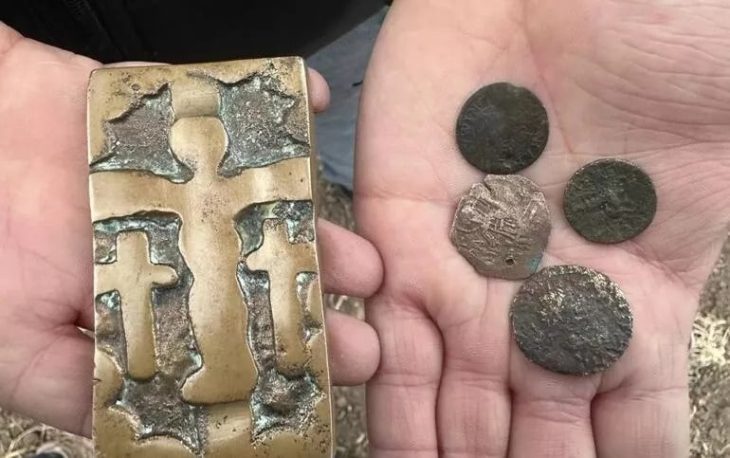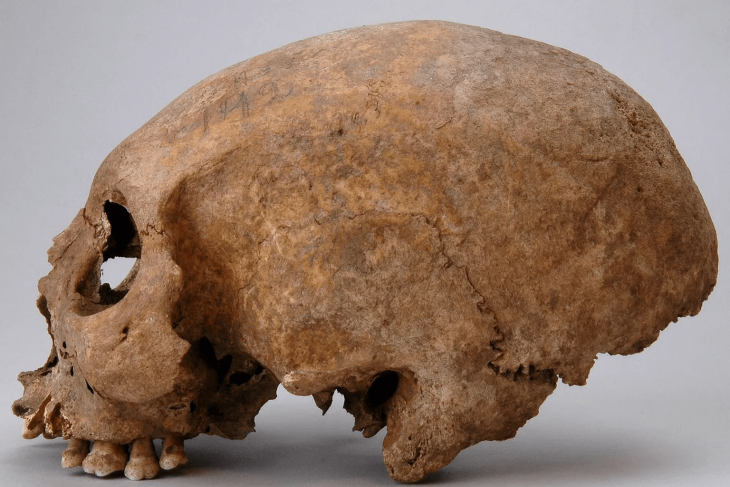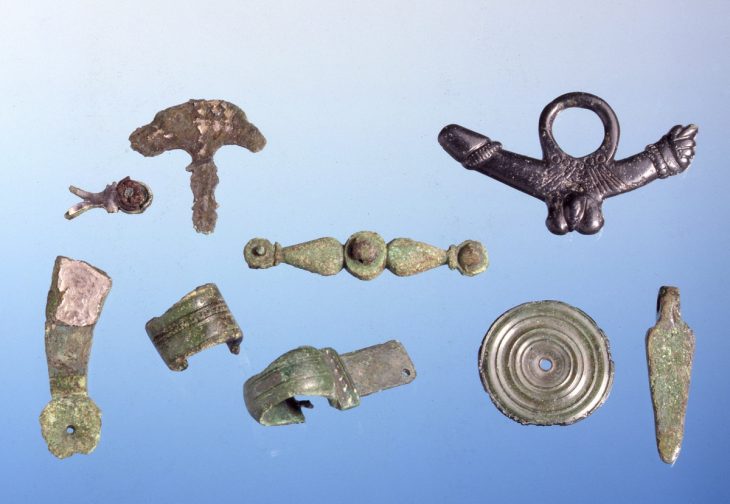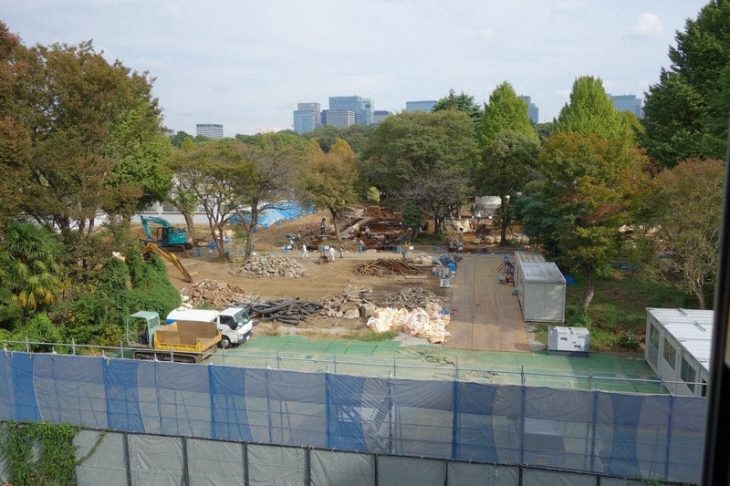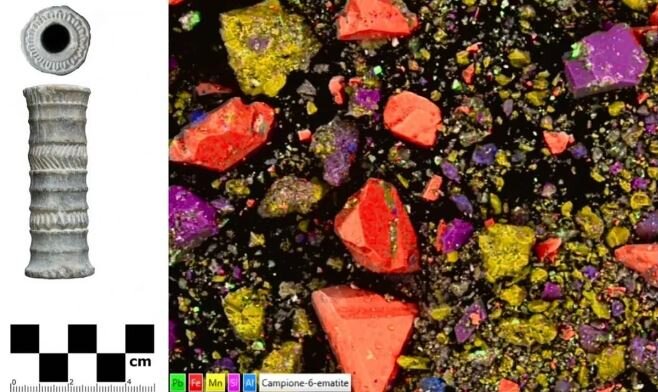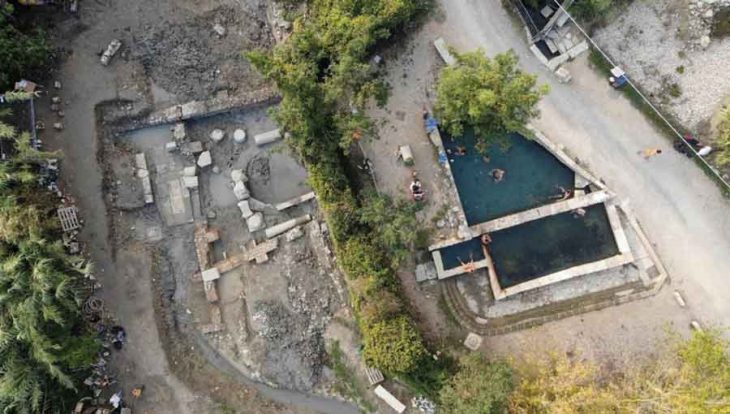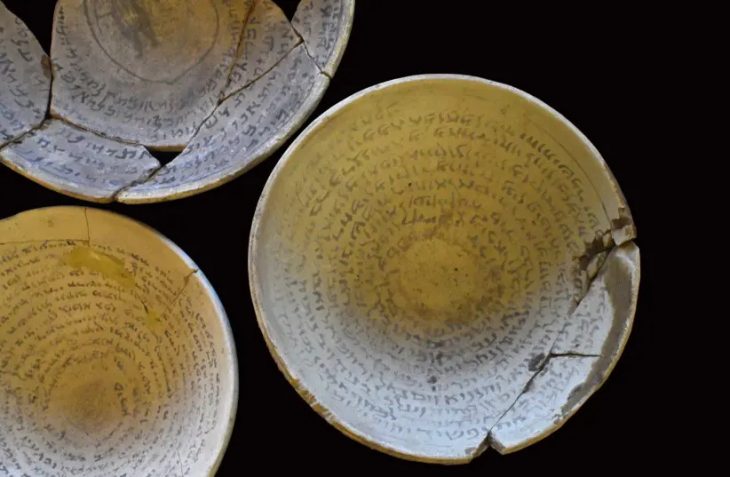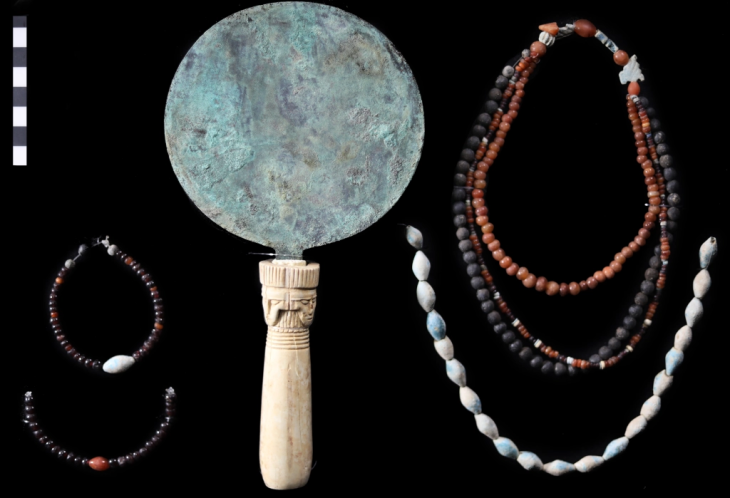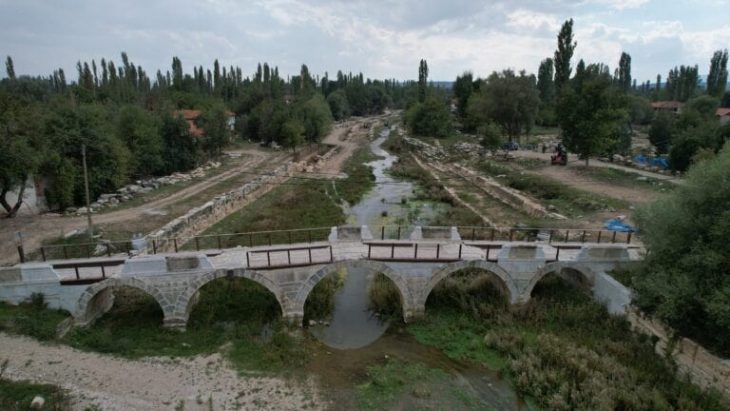Animal carvings thousands of years old have been found for the first time in Scotland.
The carvings, estimated to be between 4,000 and 5,000 years old, were discovered inside Dunchraigaig Cairn in Kilmartin Glen, Argyll, according to Historic Environment Scotland (HES). They are thought to be Neolithic or Early Bronze Age in age and contain images of deer.
Other carvings suggest young deer, while two other deer with overgrown antlers depict male red deer, Historic Environment Scotland (HES) said.
The pictures were discovered by chance in an ancient burial site at Dunchraigaig Cairn, Kilmartin Glen, Argyll, by Hamish Fenton, who has a background in archaeology.
Kilmartin Glen is regarded as one of the most significant concentrations of Neolithic and Bronze Age relics on mainland Scotland.
📣 Our WhatsApp channel is now LIVE! Stay up-to-date with the latest news and updates, just click here to follow us on WhatsApp and never miss a thing!!
It is also the first time that animal carvings dating from this period have been discovered in an area with cup and ring markings in the UK, said HES.

Deer would have been a valuable source of bones, meat and hides, with their antlers used to craft a variety of tools.
Dr Tertia Barnett, principal investigator for Scotland’s Rock Art Project at HES, said: “It was previously thought that prehistoric animal carvings of this date didn’t exist in Scotland, although they are known in parts of Europe, so it is very exciting that they have now been discovered here for the first time in the historic Kilmartin Glen.
“This extremely rare discovery completely changes the assumption that prehistoric rock art in Britain was mainly geometric and non-figurative.
“It is remarkable that these carvings in Dunchraigaig Cairn show such great anatomical detail and there is no doubt about which animal species they represent.
“This also tells us that the local communities were carving animals as well as cup and ring motifs which is in keeping with what we know of other Neolithic and Bronze Age societies, particularly in Scandinavia and Iberia.
“This incredible discovery in Dunchraigaig Cairn makes us wonder if other animal carvings previously unknown to the UK are hidden in unexpected places in our ancient landscapes, waiting to be uncovered in the future.”
Mr Fenton said: “I was passing Dunchraigaig Cairn at dusk when I noticed the burial chamber in the side of the cairn and decided to slide inside with my torch.
“As I shone the torch around, I noticed a pattern on the underside of the roof slab which didn’t appear to be natural markings in the rock.
“As I shone the light around further, I could see that I was looking at a deer stag upside down, and as I continued looking around, more animals appeared on the rock.
“This was a completely amazing and unexpected find and, to me, discoveries like this are the real treasure of archaeology, helping to reshape our understanding of the past.”
There are more than 3,000 prehistoric carved rocks in Scotland, the vast majority of which are abstract markings of a central cup mark surrounded by concentric rings.
“While many of these mysterious carvings can still be seen in the open landscape today, we know little about how they were used, or what purpose they served”, said HES.





